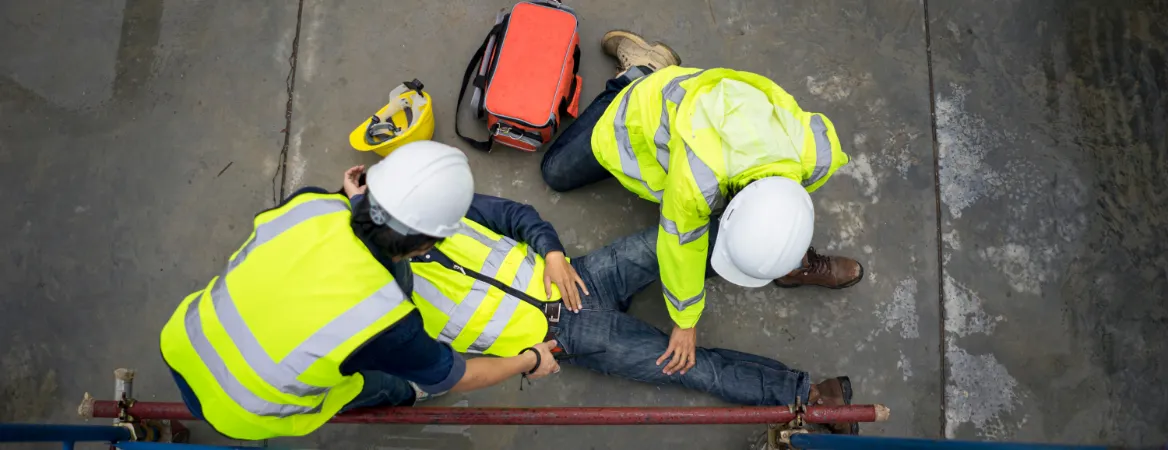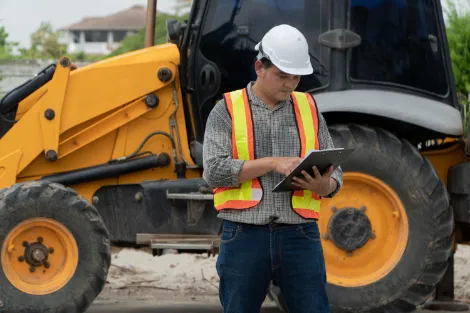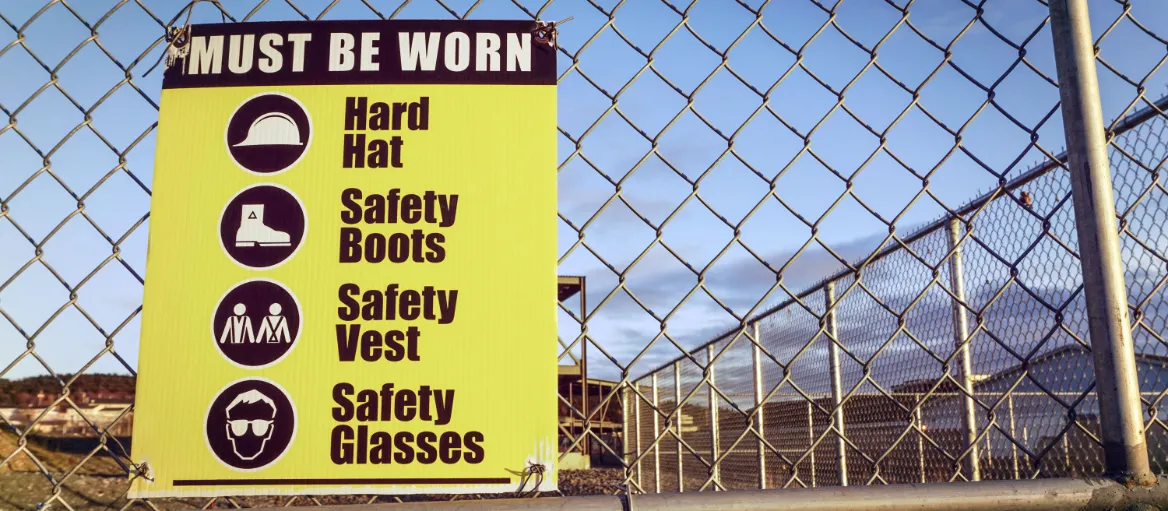How Safe is Your Site? Common Accidents, Cultural Influence, and Prevention

Common Accidents
The construction industry is essential to the economy and the development of infrastructure. Unfortunately, construction workers have dangerous jobs.
Construction workers make up only 10% of the population. The dangerous job accounts for 30% of fatal workplace injuries.
Accidents cause employees to miss time off work, which can have negative outcomes. Time away from work due to injury is 40% higher in construction than all other industries combined.
OSHA has outlined four of the common fatal accidents that occur in construction. The "Fatal Four" are: falls, electrocutions, being struck by objects, and caught between equipment. The "Fatal Four" leader is: falls, accounting for 36.5% of preventable employee deaths.
Lack of safety implementation contributes to the high fatality rate of construction employees. The risk of neglecting safety implementation on your site is costly. The consequences of an unsafe construction site can be as little as a $14,000 OSHA fine to as large as losing a life. OSHA updates its enforcement page monthly.This includes regulation citations and accident investigations. Within the report, evidence suggests that several deaths a month is typical. Additionally, continuous repeat citations are also common among contractors and businesses.








